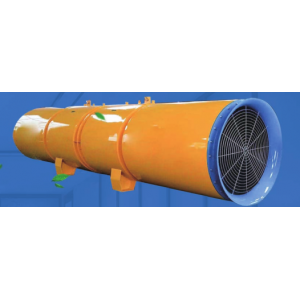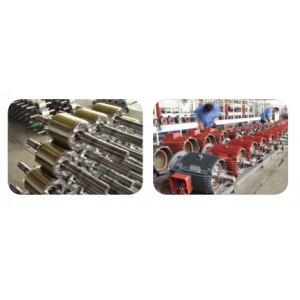Are there any shortcomings or deficiencies in dustrial heater?
Although industrial warmth is performing well in many industrial environments, there are some shortcomings or deficiencies to pay attention:
Noise problem: When the heater is operating, its centrifugal fan may produce noise, especially in large heater, noise may be more obvious.This may cause certain interference to places that need a relatively quieter working environment.
Air circulation problem: The heaters are usually placed in the heating room, which directly heated and the air in the room.This means that it does not fill the fresh air system (that is, outdoor air), and long -term use may lead to a decline in indoor air quality.
Applicable scenario restrictions: Although industrial heater is suitable for many industrial environments, it may not be applicable under certain circumstances.For example, in places that cannot be used in air, such as industrial plants containing toxic or harmful chemicals, or places that produce craftsmanship such as flammable and explosive gas, smoke and dust, there may be hidden safety hazards.In addition, the heaters may not be applicable for places with strict management requirements for noise.
Energy consumption and cost: Although industrial heater usually has high energy efficiency, the price may be different depending on the heating element.Although some multi -functional heater provides more convenience, it may also lead to rising machine costs, thereby increasing initial investment costs.
Maintenance and cleaning: For long -term use of industrial heater, it may require regular cleaning and maintenance to ensure its normal work and extend the service life.This may increase some additional maintenance costs and workloads.
In summary, although industrial heater has many advantages, when choosing and using, it is also necessary to consider its possible shortcomings or shortcomings in order to make more wise decisions.
 Pipe connection method of air
Pipe connection method of air
 Installation and debugging of
Installation and debugging of
 Advantages and adjustment meth
Advantages and adjustment meth
 How to debug a centrifugal cur
How to debug a centrifugal cur

